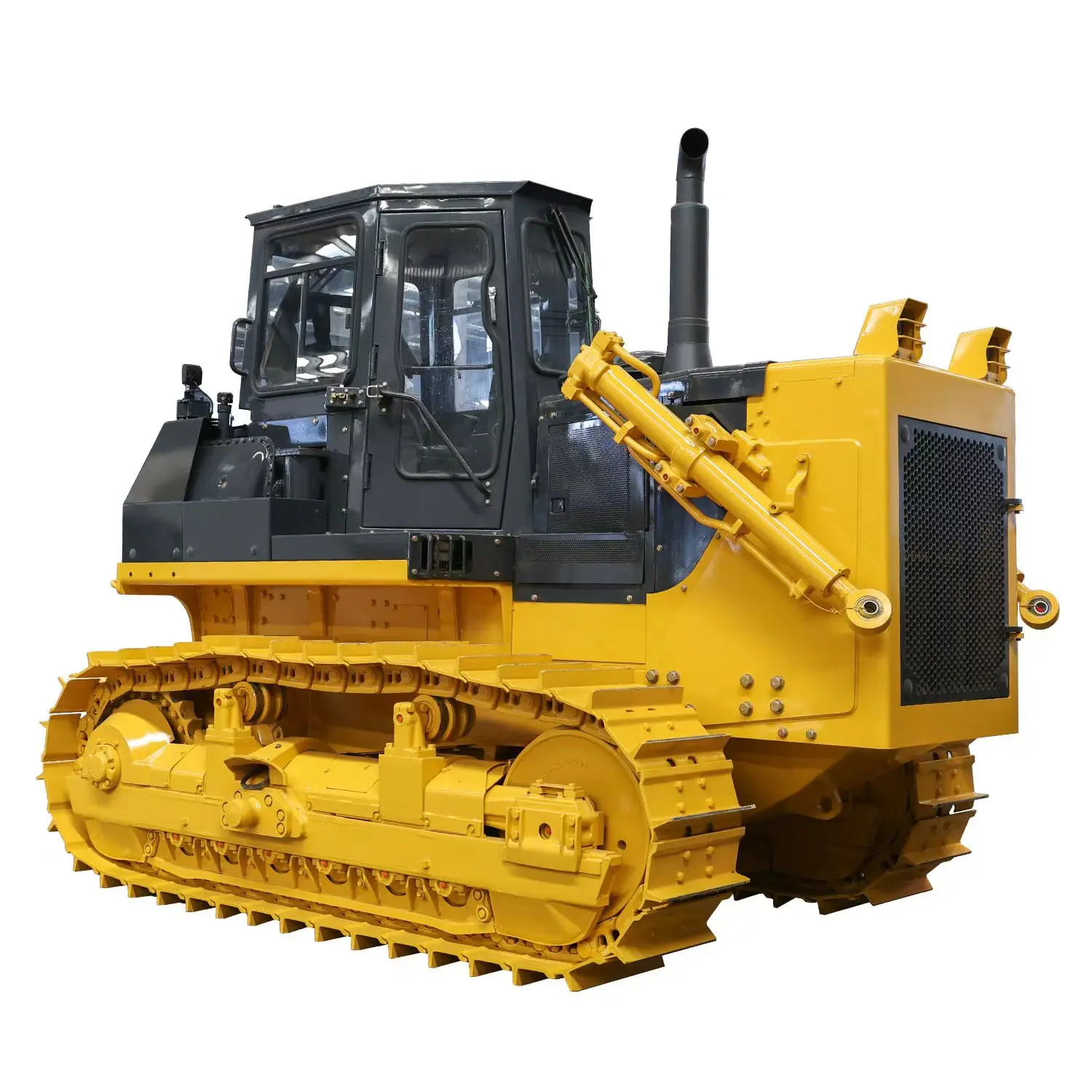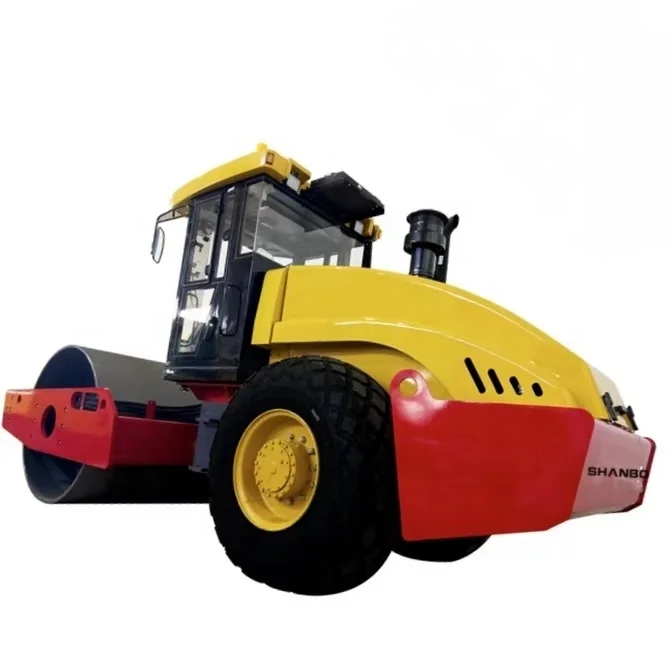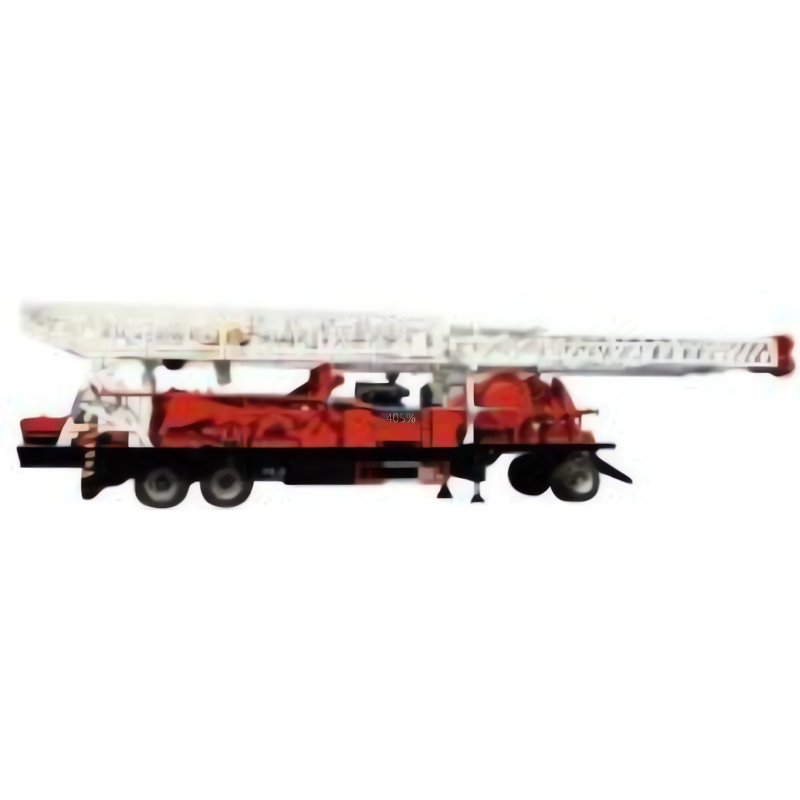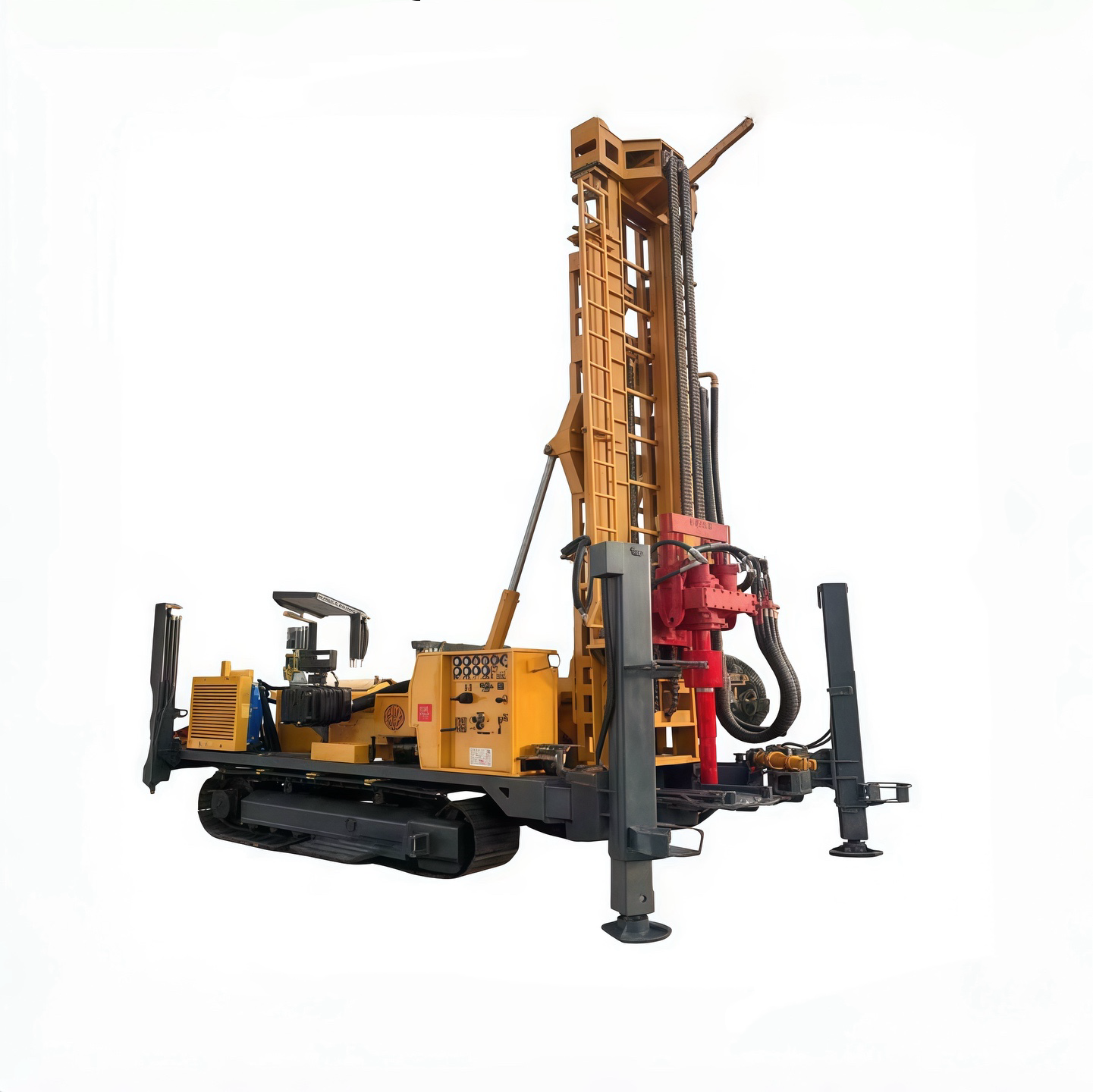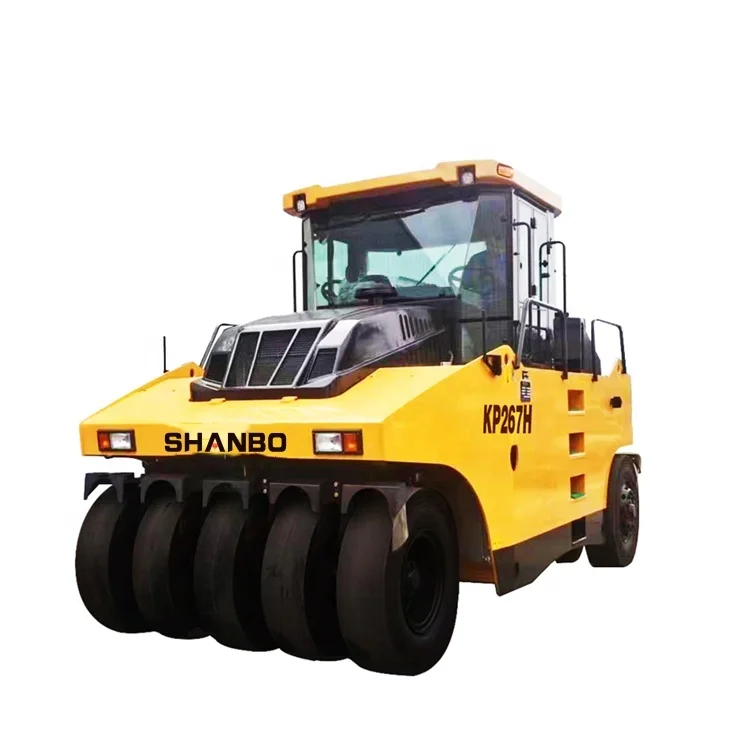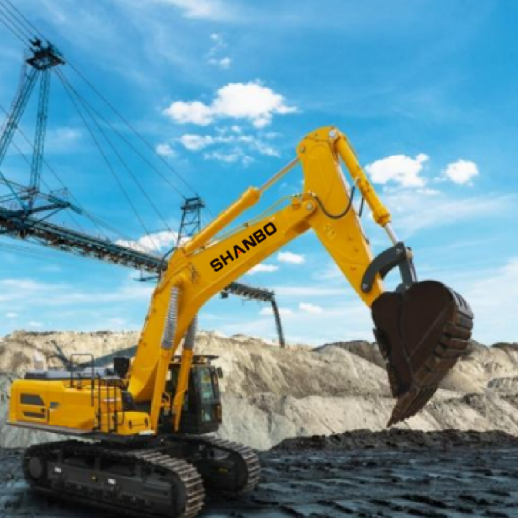Choosing a Bulldozer Manufacturer: Key Factors to Consider
Understanding Bulldozers: An Overview
Bulldozers stand out as tough, adaptable machines that play a big role across several sectors including construction, mining, and farming. These powerful vehicles handle all sorts of earthwork jobs from moving dirt around to leveling ground surfaces, laying roads down, and even tearing things apart when needed. Construction crews rely heavily on them, but their usefulness goes way beyond just building sites. In mines, bulldozers clear away rock and debris from areas rich in minerals. Farmers find them invaluable too for clearing fields and getting land ready before planting season starts. The versatility of these machines makes them indispensable tools in multiple industries.
There are basically two kinds of bulldozers out there these days: the ones with tracks (called crawler dozers) and the wheeled versions. The track models really shine when it comes to getting grip on tricky ground. They're built for places where regular equipment would struggle, like construction sites or roads being built from scratch. Take mining operations for instance. Down in the mines, those big crawlers just plow right through all sorts of rough terrain without missing a beat. Their heavy duty tracks spread the weight so they don't sink into loose dirt or get stuck on jagged rocks that would stop other machines cold.
On the other hand, wheel dozers, also known as tire bulldozers, excel in applications requiring greater mobility and maneuverability. Their four-wheel-drive systems make them suitable for projects that demand speed and versatility, such as road maintenance and some types of surface mining.
What makes bulldozers so effective at their job comes down to several key features that determine how well they perform across different construction sites. Blades come in three main varieties straight, universal, and angled each serving different purposes on site. Straight blades, sometimes called S-blades, work great when workers need to create flat surfaces or grade areas properly. For moving bigger amounts of dirt and material around, contractors typically reach for those curved U-shaped blades instead. These U-blades have that distinctive shape that lets them carry more material without spilling it over the sides during transport between locations.
Engine power ratings matter a lot when it comes to bulldozers, especially when dealing with big loads or tough ground conditions like rocky terrain or wet clay. The hydraulics system makes all the difference too. It gives operators better control over the blade position and other attachments, which means less time wasted adjusting things manually. When picking out a dozer for a particular job site, folks need to look at both engine specs and hydraulic capacity. Getting this right can save hours of work each day and prevent equipment damage from trying to push beyond what the machine was designed for.
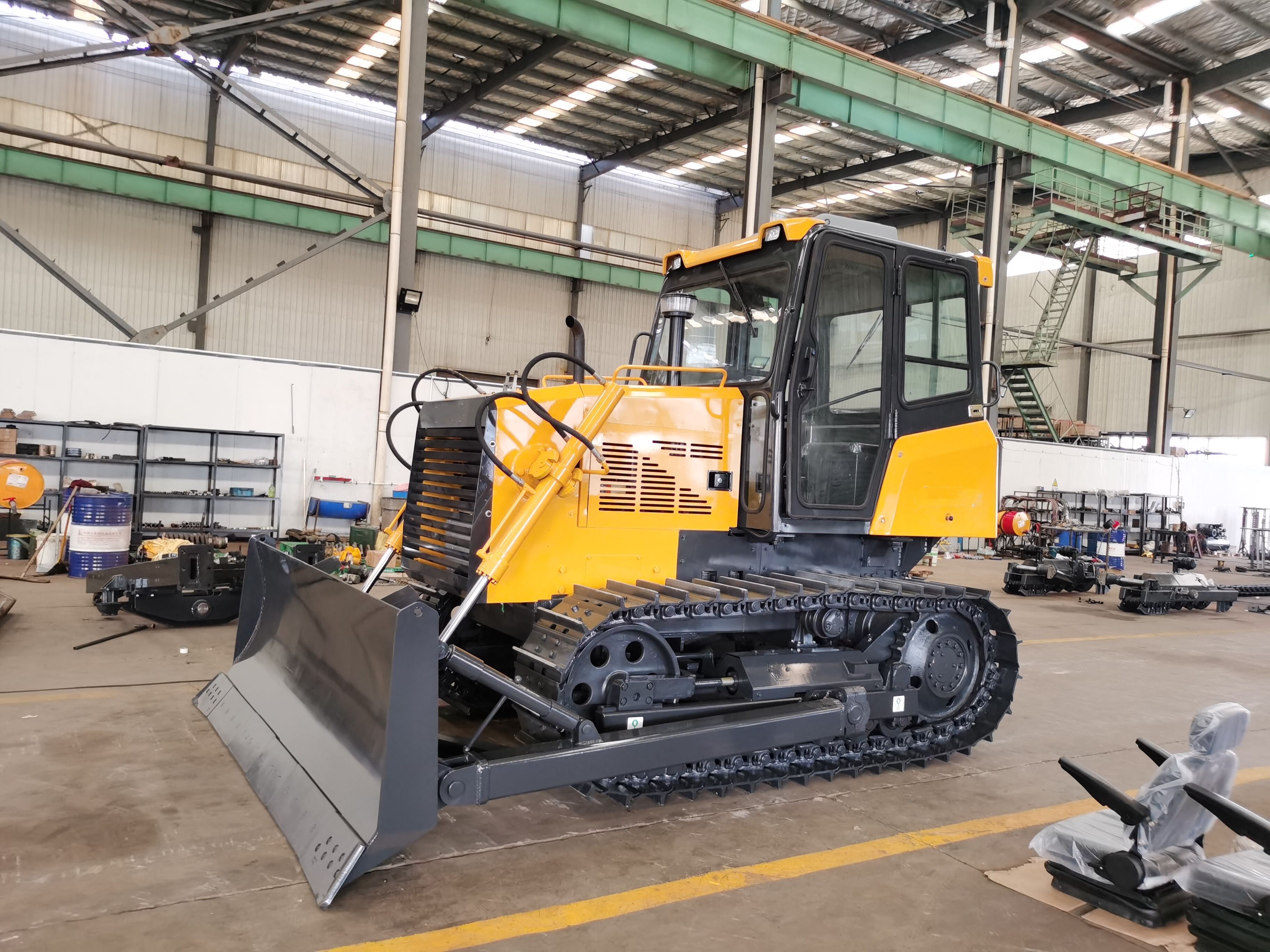
Key Factors to Consider When Choosing a Bulldozer Manufacturer
Picking the right bulldozer maker means looking at how reputable they really are. Check what people say online, see if they've won any industry honors, and find out how long they've been around. Companies that consistently build good machines over time tend to be worth trusting. Take John Deere for instance their customers keep coming back year after year. Reading actual testimonials from other contractors and noticing when a brand gets recognized for new ideas adds extra confidence. All these signs together point to manufacturers that might just save money in the long run instead of being another expensive mistake.
When picking a bulldozer manufacturer, money matters matter a lot. A bulldozer's price tag isn't just about what shows on the invoice. There's the down payment, financing arrangements, sometimes even tax breaks that factor into whether it fits within a company's wallet. What really counts though is finding that sweet spot between what we pay now versus what we get back later. We've seen plenty of cases where spending a bit extra initially actually pays off big time down the road because these machines need less fixing and last way longer in the field. Smart businesses don't just look at sticker prices. They sit down with spreadsheets, talk to operators who've used similar equipment, and ask questions about hidden costs nobody mentions during sales pitches.
Good customer service really matters when keeping bulldozers running efficiently day after day. Operators need to know what kind of warranty comes with their equipment and how easy it is to get replacement parts or technical help when needed. Studies on customer satisfaction show that companies which provide solid post-purchase support, answer questions quickly, and offer good warranty terms tend to keep their customers happier overall. When support works well, machines spend less time sitting idle and produce more work during active hours, which means better returns on investment for construction projects big and small.
Shanbo is a well-known bulldozer manufacturer that offers various types of bulldozers for construction, mining and agricultural applications. Whether you need a giant bulldozer for large-scale projects or a compact and efficient small bulldozer, Shanbo has the right equipment to meet your needs.
Evaluating the Specifications of Bulldozer Equipment
Looking at bulldozer specs, power numbers really matter because they tell us what kind of work the machine can actually do. Horsepower and torque basically decide how well these machines handle their main jobs like moving dirt around or digging through hard ground. Take a look at those big CAT models for example they pack serious punch that lets them push through rocky terrain without breaking a sweat. The right amount of power makes all the difference when it comes to getting materials where they need to go on construction sites or mining operations. A machine with insufficient power just won't cut it when faced with heavy loads or stubborn earth conditions.
Hydraulics play a major role in how bulldozers actually work on job sites, directly affecting their performance capabilities. When it comes down to it, better flow control and finer adjustments from modern hydraulic setups really boost what these machines can accomplish day to day. Most new bulldozers hitting the market today come packed with improved hydraulic tech that gives operators much better control over movements. This means less backtracking and wasted effort when tackling tough terrain or delicate grading tasks. Take those models with adjustable flow controls for instance they let workers fine tune blade positions during leveling operations. The result? Projects get done right the first time around with far less material going to waste than older models would manage.
The type of undercarriage used in bulldozers profoundly affects their performance across different environments. Comparing standard to heavy-duty undercarriages, each presents distinct advantages. Standard undercarriages are generally suitable for stable and firm terrains, offering more straightforward maintenance and cost efficiency.
Heavy duty models really shine in tough, rough environments where regular equipment just cant hold up. Take a crawler bulldozer working in a stone quarry for instance these machines need serious undercarriage strength to maintain grip on uneven surfaces and withstand constant abrasion from rocks and debris. When operators know what specs matter, they can pick the right bulldozer for their particular jobsite challenges. This makes all the difference in getting work done faster without breaking down or wearing out prematurely.
Assessing Safety Features and Compliance Standards
Bulldozers must meet specific safety standards to ensure safe operation. Key standards include the Occupational Safety and Health Administration (OSHA) regulations and International Organization for Standardization (ISO) compliance. Adhering to these standards helps protect operators from potential hazards, such as rollovers and equipment malfunction.
Compliance ensures the machinery incorporates necessary safety features, like rollover protective structures (ROPS) and enhanced operator visibility, which are crucial for safety. For instance, meeting OSHA standards not only improves workplace safety but also reduces the risk of legal penalties for bulldozer companies.
Operator comfort and good ergonomics really matter because they affect how productive someone can be while also cutting down on injuries. Think about things like seats that adjust to different body types, better visibility around the machine, and controls that make sense intuitively. These design elements let workers stay on the job longer without getting sore or tired. Research indicates that when machines are designed with proper ergonomics, operators suffer fewer back and joint problems, which naturally boosts their performance at work. For bulldozer manufacturers specifically, looking at how new ergonomic features actually work in real conditions makes all the difference. Better ergonomics means safer operations and machines that just plain work better day after day.
Looking at how safe a manufacturer has been and what their standing is within the industry should be part of picking out equipment. Companies that have had accidents before or failed inspections might bring more problems down the road. Safety audit results and compliance documents give real clues about whether a company actually cares about worker protection. When businesses go with well known names that have good safety stats, they're doing more than just keeping operations secure. They're following what works best across the sector too, which gives everyone involved a lot less worry when things get busy on site.

Long-Term Investment: Bulldozer Price and Resale Value
Bulldozer prices differ quite a bit depending if someone wants something brand new or second hand. For brand spanking new ones, we're talking anywhere from around 150 grand for those little guys with maybe 40 to 100 horsepower right up to well over a million bucks for the big beasts that push past 300 horsepower marks. Used equipment tends to be much kinder on the wallet though. Most folks find them priced somewhere between 25 percent and half off what they originally cost when new. When looking at pre-owned options, several things really affect how much money changes hands. The manufacturer name matters a lot, obviously different models command different respect in the market too. Age is another big factor nobody likes to mention but everyone considers seriously. And let's face it, how worn down or maintained the machine looks makes all the difference in the world to potential buyers.
When it comes to how much money owners get back when selling used bulldozers, these machines tend to lose value as they age just like other big machinery. From what we've seen in the market, properly maintained bulldozers still hold onto quite a bit of their original cost after several years of operation. Brand name matters a lot for resale prices, along with how many hours the machine has run and whether regular maintenance was actually done. Take Shanbo bulldozers for instance those built by this well respected company typically command better prices at auction simply because buyers trust their build quality. A dozer that only shows 2,000 operating hours versus one with 5,000 makes a huge difference too. And let's not forget about service records clean, complete documentation can easily add thousands to the final sale price compared to machines where maintenance history is sketchy or incomplete.
When looking at what owning equipment really costs, most people forget that it goes way beyond just paying cash upfront. Maintenance and repairs eat into budgets over time too. Keeping things running smoothly means sticking to regular service schedules. Most operators know they need to get those tune ups done on engines, adjust tracks when needed, and check out the hydraulics every so often. And let's face it, these regular checkups aren't cheap either. We're talking about spending several thousand bucks each year just for standard maintenance, without even considering what happens if something breaks down badly. That's why smart buyers take all these hidden expenses seriously when planning their budgets and figuring out whether investing in a top notch bulldozer makes financial sense in the long run.
Manufacturer Insights: Leading Bulldozer Companies
Big names in the bulldozer world include Shanbo alongside industry giants like Caterpillar, Komatsu, and John Deere who have been around for decades. These companies basically run the construction machinery scene thanks to machines that just keep working no matter what conditions they face. Take Shanbo for instance they offer everything from small units suitable for tight spaces right up to those massive machines that can move mountains of earth. What sets Shanbo apart is how they've incorporated really sophisticated hydraulic systems into their designs. Operators love this because it means better control over the blade and smoother operation overall, which explains why so many contractors stick with Shanbo when big projects come along.
Looking at what different manufacturers bring to the table shows how each has something special that appeals to various needs in the market. Caterpillar stands out because they've really pushed forward with tech integration lately, their machines come packed with smart features that make tracking entire fleets much easier through telematics systems. On the other side of things, Shanbo gives customers plenty of flexibility when it comes to configuring their equipment exactly how they want it. Plus, their warranty coverage is pretty thorough too, which helps keep those bulldozers running strong over time without unexpected breakdowns costing money down the road. For anyone interested in getting a good deal on quality machinery without breaking the bank, Shanbo definitely deserves serious consideration based on price versus functionality alone.
Things are changing fast in the world of bulldozers these days. We're seeing some pretty cool tech improvements that make machines work smarter rather than harder. Companies are now fitting their big iron with GPS systems so operators can grade surfaces with pinpoint accuracy. Some models even come with self-driving capabilities these days, which honestly takes the guesswork out of navigating rough terrain. Looking ahead, green tech seems to be where the industry is headed. More manufacturers are talking about electric and hybrid options, though they still have some way to go before these alternatives become mainstream on construction sites around the country.
As technology continues to evolve, these advancements promise to increase bulldozer efficiency and reduce operational costs, highlighting the industry's commitment to innovation and sustainability.
Recommended Products
 Hot News
Hot News
-
“Water Savior” 200 m Reverse Circulation Water Well Drills Arrive in Uzbekistan
2025-03-28
-
Bulldozer Transport Guide: Best Practices, Safety Tips, and Cost Factors
2025-12-15
-
A Complete Guide to Construction Equipment Shipping: Methods, Costs, and Tips
2025-12-12
-
How Bulldozer Work Gets Done: Key Tasks, Techniques, and Applications
2025-12-11
-
Exploring the Capabilities of the Biggest Excavator in the World
2025-12-10
-
Essential Bulldozer Equipment: Components, Attachments, and Uses
2025-12-09
